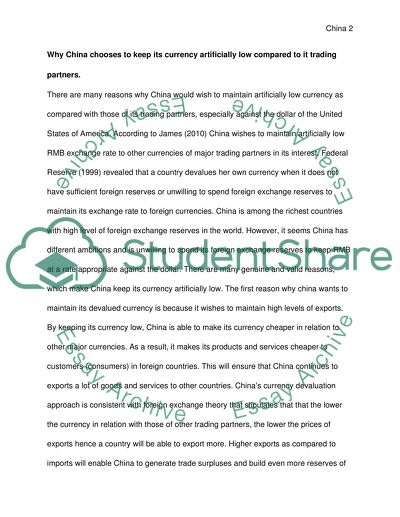Cite this document
(“Should China adopt a flexible exchange rate regime Essay”, n.d.)
Retrieved from https://studentshare.org/environmental-studies/1413226-should-china-adopt-a-flexible-exchange-rate-regime
Retrieved from https://studentshare.org/environmental-studies/1413226-should-china-adopt-a-flexible-exchange-rate-regime
(Should China Adopt a Flexible Exchange Rate Regime Essay)
https://studentshare.org/environmental-studies/1413226-should-china-adopt-a-flexible-exchange-rate-regime.
https://studentshare.org/environmental-studies/1413226-should-china-adopt-a-flexible-exchange-rate-regime.
“Should China Adopt a Flexible Exchange Rate Regime Essay”, n.d. https://studentshare.org/environmental-studies/1413226-should-china-adopt-a-flexible-exchange-rate-regime.


